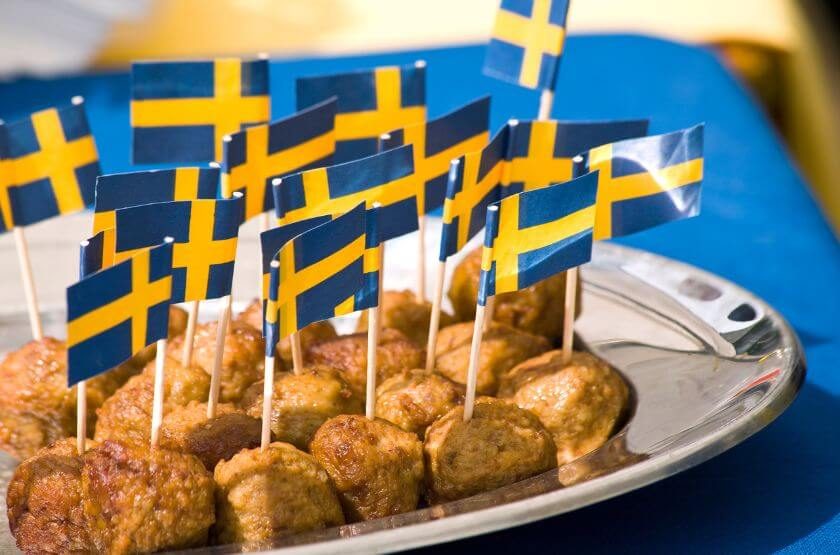
Swedish meatballs, also known as “köttbullar” in Swedish, are a popular dish that originated in Sweden. They are made from a mixture of ground meat, typically a combination of beef and pork, although variations with veal, chicken, or turkey can also be found. The meat is seasoned with various herbs and spices, such as allspice, nutmeg, and black pepper, to give the meatballs a distinctive flavor.
The meat mixture is combined with breadcrumbs or soaked white bread, which helps bind the ingredients together and gives the meatballs a tender texture. Milk or cream is often added to the mixture to add moisture and richness. Eggs are commonly used as a binder as well.
Once the meat mixture is prepared, it is rolled into small, bite-sized balls. Traditionally, Swedish meatballs are smaller in size compared to other types of meatballs. The meatballs are then cooked by either frying them in a pan or baking them in the oven.
Swedish meatballs are often served with a creamy sauce, typically made with beef or vegetable broth, cream, and flour. The meatballs and sauce are often flavored with a hint of Worcestershire sauce or soy sauce, which adds depth of flavor. Lingonberry jam, a tart and slightly sweet preserve made from lingonberries, is a classic accompaniment to Swedish meatballs and adds a touch of brightness to the dish.
Swedish meatballs are commonly served as a main course, accompanied by mashed potatoes, lingonberry jam, and pickled cucumbers or cranberry sauce. They can also be enjoyed as an appetizer or as part of a smörgåsbord, a Swedish buffet-style meal.
In recent years, Swedish meatballs have gained popularity worldwide and can be found in various international cuisines and in many Swedish-inspired restaurants around the globe. They are beloved for their comforting and flavorful qualities, making them a favorite dish for many.


